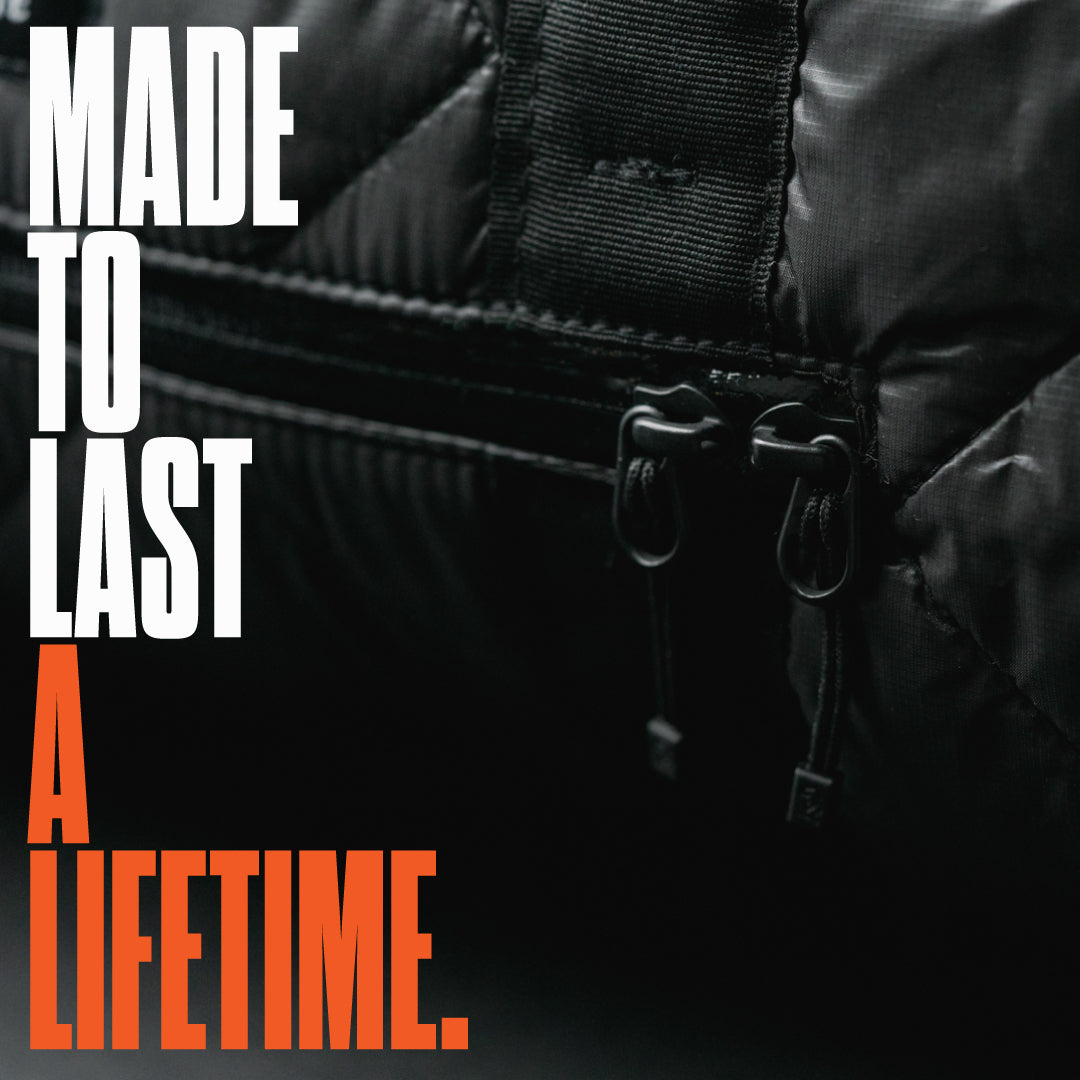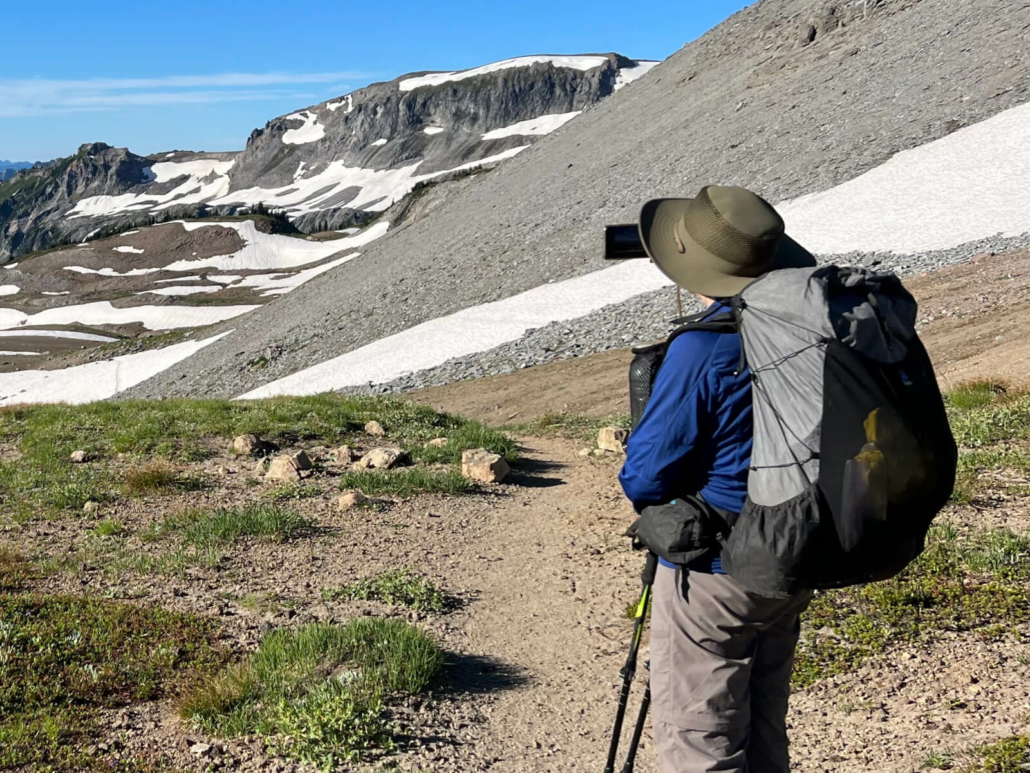Introduction
When choosing an ultralight bag, the fabric is more than skin—it defines performance, durability, and your confidence in every mile. Whether you’re commuting in the city, hopping between co-working hubs, or heading off-grid for a weekend, your bag’s material must balance lightness with longevity. In this post, we'll dissect durable fabrics used in ultralight gear, evaluate trade-offs, and share tips so you pick materials that truly support your lifestyle.

What Makes a Fabric “Durable” for Ultralight Bags (H2)
Durability in ultralight gear isn’t just about toughness—it’s about how well a material performs over time under real use. Here are the key parameters:
-
Tensile & tear strength: how much force before the fabric rips or tears.
-
Abrasion resistance: ability to resist scuffing, rubbing, and wear from gear or surfaces.
-
Water behavior: whether it absorbs water, repels it, or holds waterproofness.
-
Flexibility & fatigue: how it handles repeated folding, flexing, or compressing.
-
Repairability & resilience: how easily small damage can be patched or tolerated.
Now, let’s look at the major contenders in the ultralight world.
Fabric Options Compared (H2)
Here are widely used fabrics in ultralight bags, along with their advantages, drawbacks, and ideal use cases.
H3: Ripstop Nylon (High-Tenacity)
Strengths
-
Excellent balance of weight and tear resistance thanks to reinforcement threads (ripstop grid) that prevent tear propagation. Wikipedia+2Ripstop by the Roll+2
-
Cost-effective and widely available.
-
Good flexibility and ease of repair.
Weaknesses
-
Absorbs water unless properly coated; can sag or stretch when wet. WIRED+1
-
Over time, coatings can degrade or wear off.
Best Use
Ideal for city, commuter, and travel packs where weight is modest but durability is needed.
H3: Polyester / Nylon Blends & Reinforced Variants
Strengths
-
Better UV resistance (less color fading, less weakening over time) compared to pure nylon. WIRED+1
-
More stable under moisture (less stretching) in many cases.
-
Often used in pocketing, linings, or hybrid builds where abrasion is moderate.
Weaknesses
-
Lower tensile strength vs advanced composites.
-
Sometimes heavier than pure technical fabrics when built for strength.
Best Use
Good in hybrid builds—for side panels, internal dividers, or “wear zones.”
H3: Dyneema Composite Fabric (DCF / Cuben Fiber)
Strengths
-
Exceptional strength-to-weight ratio; often quoted as 15x stronger than steel (weight-for-weight). Zpacks+2Wikipedia+2
-
Naturally waterproof (laminated composite). Zpacks+1
-
Extremely low stretch and excellent toughness when used properly.
Weaknesses
-
Vulnerable to abrasion at exposed edges or corners if not reinforced.
-
Wrinkles and creases may appear early (aesthetic issue).
-
Cost and sewing complexity are higher.
-
Delamination risk over time if adhesives degrade.
Case study: In head-to-head tests, both DCF and “Ultra fabric” packs stayed dry in heavy rain. The DCF repelled droplets well, though Ultra handled abrasion slightly better. Neither delaminated in extended field use. Garage Grown Gear+1
Best Use
When every gram matters and you run intentional designs (e.g. alpine packs, ultralight daypacks) with protective reinforcements at edges.
H3: X-Pac & Laminated Hybrid Fabrics

Strengths
-
Laminated construction (face + scrim + film + backer) gives inherent waterproofing without additional coatings. aetgear.com+1
-
Good tear resistance and stable geometry.
-
Spill-on protection in rain, less need for DWR maintenance.
Weaknesses
-
Slightly heavier than ultralight single-layer fabrics.
-
Laminate layers may delaminate over time if adhesives or bonding are weak.
Best Use
Great for packs or pouches where waterproofing and structural stability matter—especially in urban, travel, or gear that sees water exposure.
H3: Ultra / UHMWPE-Backed Fabrics
Strengths
-
Ultra (Challenge Ultra, Ecopak Ultra, etc.) is a woven UHMWPE-based fabric, often with laminates, giving a hybrid strength profile. Trails Magazine+3The Packable Life+3Section Hiker+3
-
Strong performance in abrasion and weight balance.
-
Better handling of repeated flex and fatigue in many use cases (compared to pure laminates).
-
In field tests vs DCF, Ultra showed slower wear in abrasion zones while still managing to repel water. Garage Grown Gear+1
Weaknesses
-
Slightly more complex to manufacture and costlier than plain ripstop.
-
Still less waterproof than pure films unless fully laminated.
Best Use
Balanced packs needing durability, daily use, and occasional outdoor exposure—urban, commuter, hybrid.
H3: Emerging Fabrics & Innovations (Graflyte, etc.)
-
Graflyte from ALUULA is a newer fabric built solely from UHMWPE without adhesives or extra polymer backings. It promises improved abrasion resistance, strength, and environmental durability. Garage Grown Gear+1
-
Early testing claims weight reduction and better long-term bonding without delamination.
These fabrics are promising for the next wave of ultralight gear.
Choosing the Right Durable Fabric for Your Use Case (H2)

Here’s how to match durable fabrics to your specific lifestyle and needs:
| Use Case / Priority | Best Fabric Choice | Why |
|---|---|---|
| Urban commuting / office travel | Ripstop nylon or Ultra | Good durability, flexible, cost-efficient |
| Travel / rain-prone environments | X-Pac or laminated hybrids | Built-in waterproofing, stable structure |
| Lightweight adventure / alpine | DCF with reinforced edges | Max strength-to-weight when engineered well |
| All-purpose / hybrid use | Ultra-based fabrics | Balanced durability, flexibility, cost |
| Future-forward / experimental | Graflyte or new UHMWPE composites | Cutting-edge strength and weight potential |
Actionable Tip: Always check where the fabric is weakest—edges, seams, bottoms. Even DCF or Ultra can benefit from reinforcing panels or overlays in high-wear zones.
Real-World Applications & GBY Ultra Philosophy
GBY Ultra’s design philosophy emphasizes intelligent structure and durable ultralight materials in packs, cross-body bags, and utility pouches. Their product pages and blog content often reflect choices like water-resistant ripstop, minimal weight, and reinforcement strategies. (E.g., see their cross-body bag or utility pouch collections on gbyultra.com.)
One friend in the gear community remarked:
“If a bag fabric can’t handle friction from keys or metal clips, it’s not truly durable—even if it’s ultralight.”
In testing across the ultralight world, materials like Ultra and DCF often hold up well when used wisely. In a long-term 600+ km trial, Ultra packs appeared to wear less at corners than DCF, though both remained intact. Garage Grown Gear
Practical Tips for Maximizing Fabric Durability (H2)
-
Avoid dragging your bag on rough surfaces—use bottom reinforcements.
-
Clean grit/dirt from fabrics promptly to avoid abrasion over time.
-
Reapply DWR or protective treatments to nylon or hybrid fabrics as needed.
-
Inspect seams and reinforce early—small tears grow faster in ultralight contexts.
-
Use internal liners or fabric buffers for sharp items (keys, tools) to protect the outer shell.
Key Takeaways
-
Durable fabrics in ultralight bags balance lightweight performance and longevity.
-
Ripstop nylon is reliable; DCF maximizes strength-to-weight; X-Pac offers built-in waterproofing; Ultra offers hybrid durability; emerging fabrics like Graflyte hold future promise.
-
Choose fabrics by use-case: daily urban carry, travel, adventure, or hybrid.
-
Always reinforce edges, maintain coatings, and respect what the fabric can and cannot do.
Ready to experience ultralight with confidence? Explore the GBY Ultra collection and find bags crafted with materials and design choices that last—and weigh far less than you’d expect.








